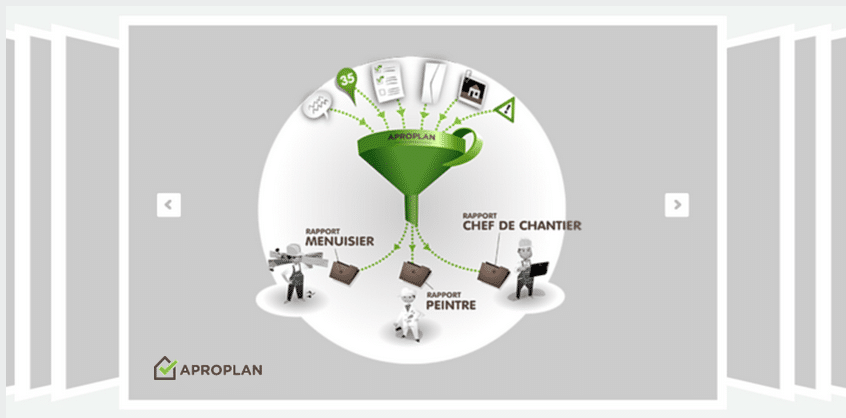Well, it depends on what do you want to do with it. Most of the project managers or construction business owners ask me this question. My answer goes along the lines of: “I am afraid that it wouldn’t do much, mister. It is not a live human being, it is a tool that YOU should use it.” That is the real subject. What would YOU do with it?
Do you need to map out project plans and schedules? Share and collaborate on documents? Track tasks? Time? Documents? Issues? Budget? How “project-management software” is perceived can vary a lot from one company to another. It definitely depends on your needs, your team, and your project-management style. But, today, I want to cover the six main project management functions that a software can empower or redefine the backbone of a company’s execution. Let’s dive in:
Planning
What tasks are we going to execute and how are they connected? This is the main question when it comes to planning. A good software can intuitively and visually help you execute this function with an ease. Then, the other sequence of questions is what is the schedule, lets see what the critical path for this project is and also, let’s assess and allocate resources.
Managing Tasks
This is another crucial function. After you have the plan and the breakdown structure of the tasks (together with the time frame and the person responsible) you should use the software for task management. The ease and flexibility to define a task, assign it to someone, create a deadline, and know when it’s complete – is generally the most desired and ubiquitous feature in project-management software.
Documents – Sharing and Collaborating
When it comes to construction projects, this part is your favorite…right? Yes, I know. You will agree that, you can substantially increase productivity by providing a central location to store and work together on them.
This is especially true and essential for geographically remote teams, for whom collaborating and sharing documents can easily turn into a nightmare. All those email attachments and mixed up revisions and updates can become a heavy burden to take care of. (But, you must be real, it can be difficult to get all stakeholders in a project to use a tool other than email).
Mutual Calendars and Lists of Contacts
Being productive is what it counts. That being said, when you need to schedule a meeting with different individuals, the best thing that can happen to you is to have access to each of their calendars. In case you want to keep things simple, using Microsoft Outlook and Microsoft Exchange, you will probably have everything you need in terms of shared calendaring and contact-list functionality. Being honest with you, a shared spreadsheet of contact information is likely to work fine for most projects.
Managing Issues
What happens when something in the project moves? I mean, setting up tasks and responsibilities is one thing, but when things start moving, the real fun begins. You have updates, changes, comments, conversations….problems, issues, additional documentations… If you want to reduce the amount of headaches, then you should start looking for a software that will help you maintain the control over the project.
Tracking Time
To deliver great results, you should also have your finger on the pulse about how much time do the team members devote on certain tasks. People are prone to entropy. We like to procrastinate and spend too much time on thinking of doing something vs. actually doing it…
This can kill seriously slow you down and piss off your customer. For this, you will need a software that will be in your team pockets and help them stay motivated and eager to bring results at the end of the day.




